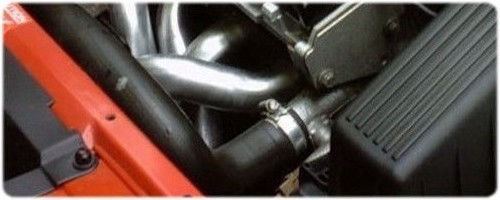
Coolant Elbow Joint
Coolant elbow joint In conventional systems, the thermostat is usually located on the outlet from the engine, the location on the K Series is at the rear, allowing the engine to reach its temperature more quickly and evenly with short periods of opening and closing.
